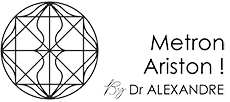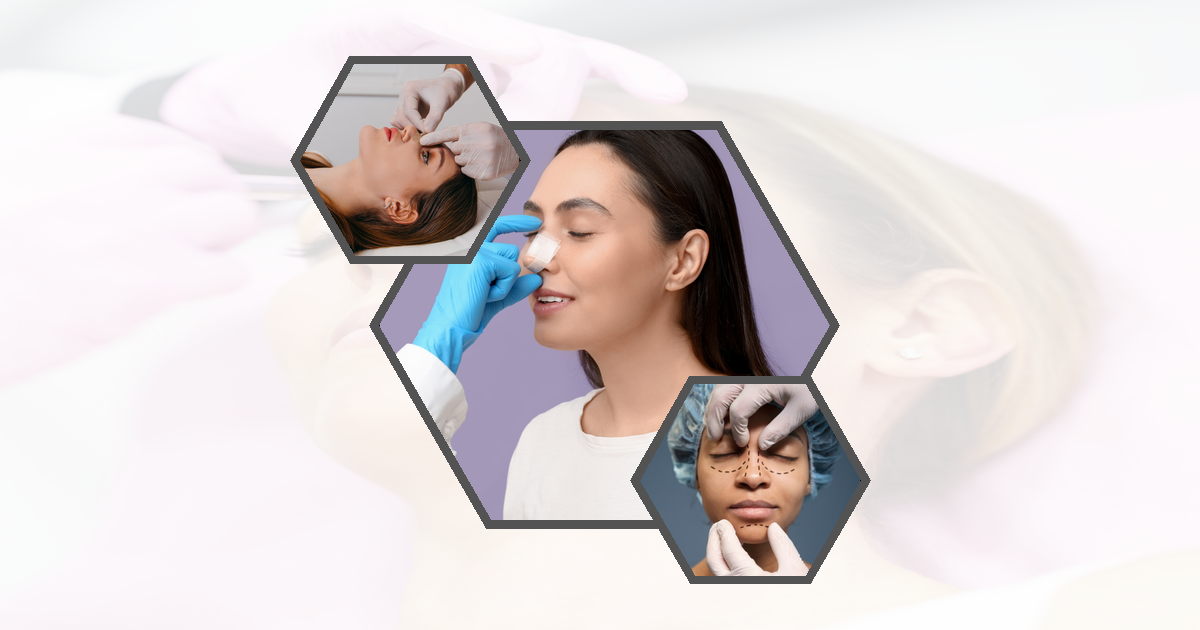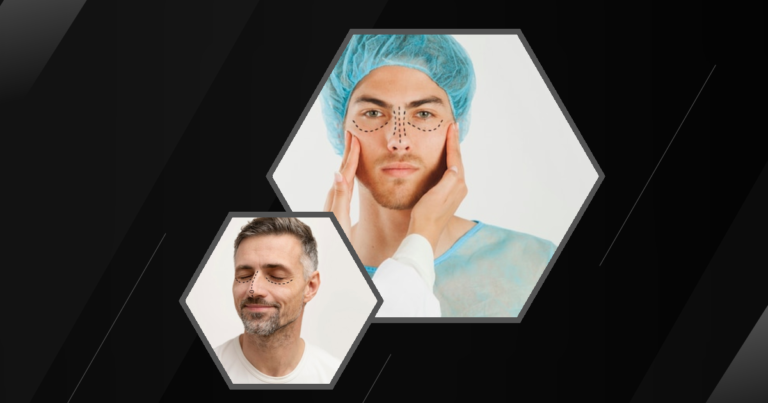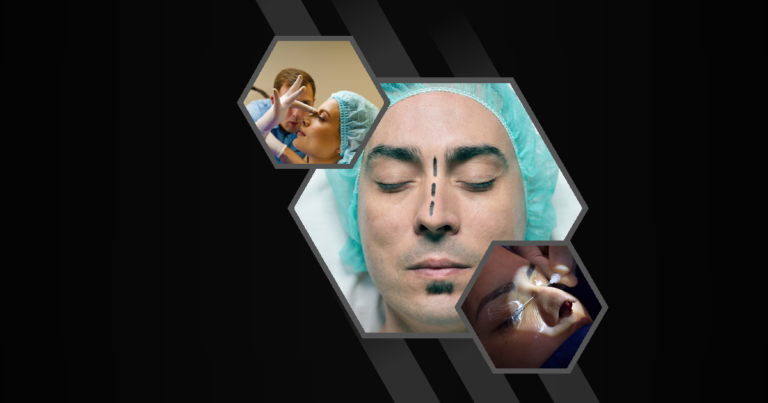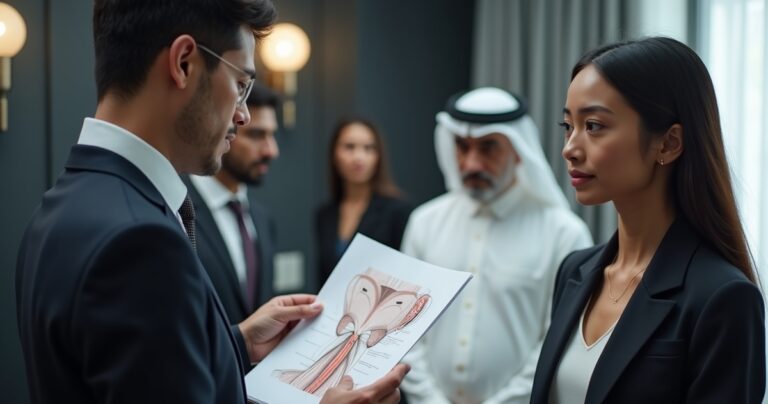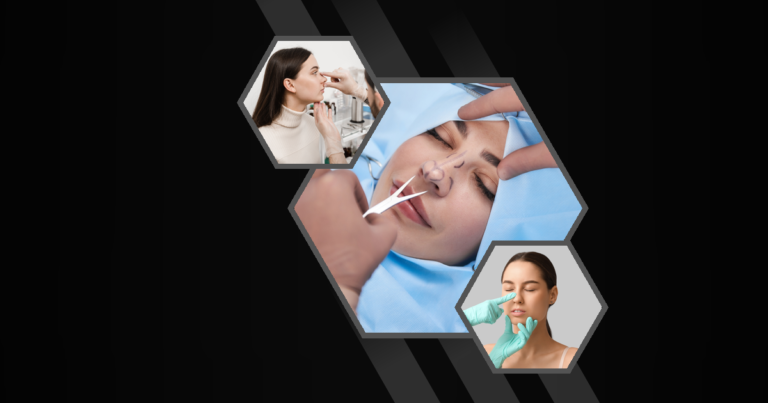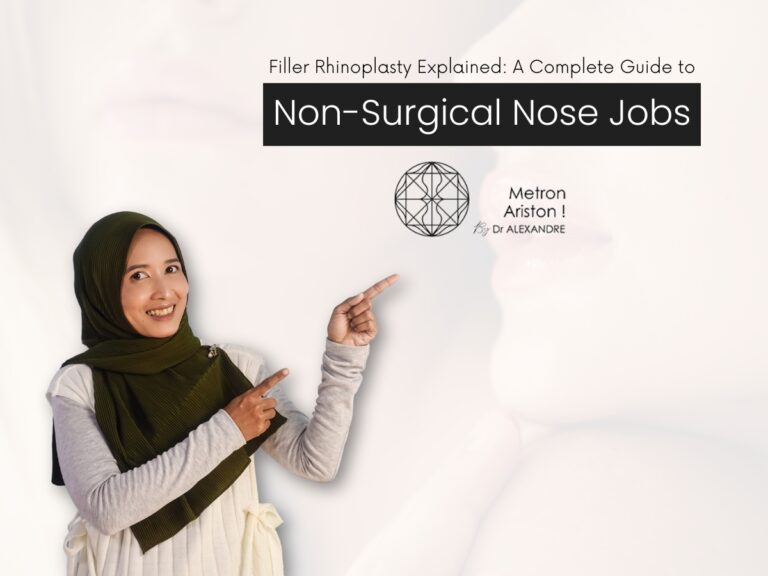Can Rhinoplasty Improve Breathing
Rhinoplasty, commonly known as a nose job, is often associated with cosmetic enhancements. However, it also plays a crucial role in improving breathing. This article delves into the functional aspects of rhinoplasty, exploring how it can alleviate breathing issues and enhance quality of life.
Can Rhinoplasty Improve Breathing
Understanding Functional Rhinoplasty
Functional rhinoplasty is a surgical procedure aimed at correcting nasal structures to improve airflow. Unlike cosmetic rhinoplasty, which focuses on appearance, functional rhinoplasty addresses structural issues that impede breathing. This procedure can be life-changing for individuals suffering from chronic nasal obstruction.
Rhinoplasty Nose Transformation
Rhinoplasty Nose Transformation is a surgery that changes the shape of your nose to make it look different or help you breathe better doctors can make your nose smaller bigger or change its angle during this procedure
Functional rhinoplasty involves reshaping the nasal passages to enhance airflow. Surgeons may adjust the nasal septum, reduce turbinate size, or correct nasal valve collapse. These modifications can significantly improve breathing, leading to better sleep and overall health.
- Focuses on improving nasal function
- Addresses structural issues causing breathing problems
- Enhances airflow through nasal passages
Benefits of Nose Surgery for Breathing Issues
Nose surgery can provide significant relief for individuals with breathing difficulties. By correcting structural abnormalities, patients often experience improved nasal airflow and reduced symptoms of nasal obstruction. This can lead to better sleep quality and increased energy levels.
Patients who undergo functional rhinoplasty often report a noticeable improvement in their quality of life. Enhanced breathing can alleviate symptoms such as snoring, sleep apnea, and chronic sinusitis. These benefits extend beyond physical health, positively impacting mental well-being and daily activities.
- Improves nasal airflow
- Reduces symptoms of nasal obstruction
- Enhances overall quality of life
Nasal Obstruction and Its Impact on Quality of Life
Nasal obstruction can severely affect an individual’s quality of life. It can lead to sleep disturbances, fatigue, and difficulty concentrating. Chronic nasal obstruction may also contribute to conditions like sleep apnea, which can have serious health implications.
Addressing nasal obstruction through functional rhinoplasty can significantly improve quality of life. Patients often experience better sleep, increased energy, and improved focus. These changes can enhance daily functioning and overall well-being.
- Causes sleep disturbances and fatigue
- Can lead to serious health conditions
- Functional rhinoplasty improves quality of life
Nose Job for Breathing Problems
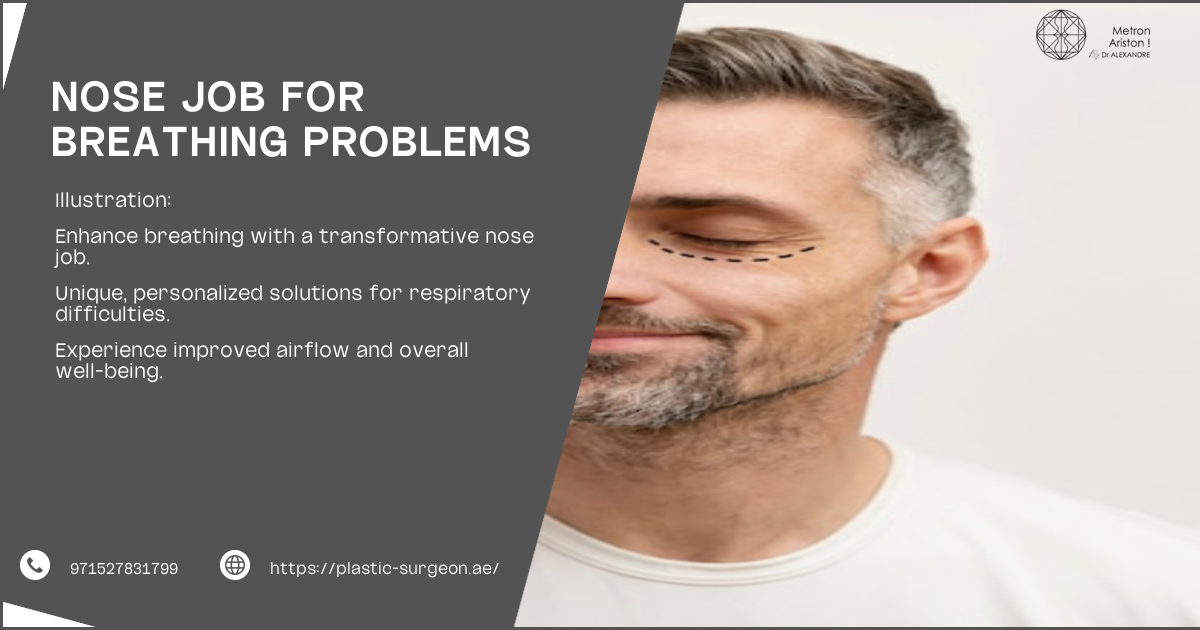
Addressing Deviated Septum Through Rhinoplasty
A deviated septum is a common cause of breathing difficulties. It occurs when the nasal septum, the cartilage dividing the nostrils, is off-center. This can obstruct airflow and lead to chronic nasal congestion.
Rhinoplasty can effectively address a deviated septum by realigning the nasal structure. This procedure, often combined with septoplasty, can restore proper airflow and alleviate breathing issues. Patients typically experience significant relief from nasal congestion and improved breathing.
- Common cause of breathing difficulties
- Rhinoplasty realigns nasal structure
- Restores proper airflow and alleviates congestion
Correcting Nasal Valve Collapse
Nasal valve collapse is another structural issue that can impede breathing. It occurs when the nasal valves, which regulate airflow, weaken or collapse. This can lead to difficulty breathing through the nose, especially during physical activity.
Rhinoplasty can correct nasal valve collapse by reinforcing the nasal structure. Surgeons may use cartilage grafts to support the nasal valves, improving airflow and reducing breathing difficulties. This correction can enhance breathing during exercise and daily activities.
- Impedes breathing through the nose
- Rhinoplasty reinforces nasal structure
- Improves airflow and reduces breathing difficulties
Reducing Turbinate Hypertrophy
Turbinate hypertrophy refers to the enlargement of the turbinates, structures within the nasal passages that humidify and filter air. When turbinates become enlarged, they can obstruct airflow and cause breathing difficulties.
Rhinoplasty can reduce turbinate size, improving airflow and alleviating nasal congestion. This procedure can be particularly beneficial for individuals with chronic sinusitis or allergies. By enhancing nasal function, patients often experience relief from symptoms and improved breathing.
- Enlarged turbinates obstruct airflow
- Rhinoplasty reduces turbinate size
- Alleviates nasal congestion and improves breathing
Septoplasty vs Rhinoplasty for Breathing
Differences Between the Two Procedures
Septoplasty and rhinoplasty are both surgical procedures that can improve breathing, but they address different issues. Septoplasty focuses on correcting a deviated septum, while rhinoplasty can address a range of structural problems, including nasal valve collapse and turbinate hypertrophy.
While septoplasty is primarily functional, rhinoplasty can be both functional and cosmetic. Patients seeking to improve breathing and enhance nasal appearance may opt for a combined procedure. Understanding the differences between these surgeries can help patients make informed decisions.
- Septoplasty corrects deviated septum
- Rhinoplasty addresses various structural issues
- Rhinoplasty can be both functional and cosmetic
When to Choose Septoplasty Over Rhinoplasty
Septoplasty is typically recommended for patients with a deviated septum causing significant breathing difficulties. It is a less invasive procedure than rhinoplasty and focuses solely on improving nasal function. Patients with minimal cosmetic concerns may benefit from septoplasty alone.
For individuals with multiple structural issues or cosmetic concerns, rhinoplasty may be a better option. A consultation with a qualified surgeon can help determine the most appropriate procedure based on individual needs and goals.
- Recommended for deviated septum
- Less invasive than rhinoplasty
- Suitable for patients with minimal cosmetic concerns
Combining Septoplasty and Rhinoplasty for Optimal Results
Combining septoplasty and rhinoplasty can provide optimal results for patients with both functional and cosmetic concerns. This approach allows surgeons to address multiple issues in a single procedure, improving both nasal function and appearance.
Patients who undergo combined surgery often experience significant improvements in breathing and satisfaction with their nasal appearance. This comprehensive approach can enhance overall quality of life and boost self-confidence.
- Addresses functional and cosmetic concerns
- Improves nasal function and appearance
- Enhances quality of life and self-confidence
Nasal Airway Surgery Techniques
Open vs Closed Rhinoplasty Approaches
Rhinoplasty can be performed using open or closed techniques. Open rhinoplasty involves an external incision, providing greater access to the nasal structures. This approach is often used for complex cases requiring significant structural changes.
Closed rhinoplasty involves incisions within the nostrils, resulting in no visible scarring. It is typically used for less complex cases and offers a quicker recovery time. The choice between open and closed techniques depends on the specific needs of the patient and the complexity of the surgery.
- Open rhinoplasty provides greater access
- Closed rhinoplasty results in no visible scarring
- Choice depends on patient needs and surgery complexity
Cartilage Grafting for Structural Support
Cartilage grafting is a technique used in rhinoplasty to provide structural support to the nose. It involves using cartilage from the patient’s own body, often from the septum, ear, or rib, to reinforce nasal structures.
This technique is particularly useful for correcting nasal valve collapse and other structural issues. By providing additional support, cartilage grafting can improve nasal function and enhance the overall outcome of the surgery.
- Provides structural support to the nose
- Uses cartilage from the patient’s body
- Improves nasal function and surgery outcome
Spreader Grafts and Their Role in Improving Airflow
Spreader grafts are small pieces of cartilage used in rhinoplasty to widen the nasal valve area. They are placed between the septum and the lateral cartilages, helping to improve airflow and reduce nasal obstruction.
This technique is often used in patients with narrow nasal valves or those experiencing breathing difficulties. Spreader grafts can enhance nasal function and provide long-lasting improvements in airflow.
- Widen the nasal valve area
- Improve airflow and reduce obstruction
- Provide long-lasting improvements in nasal function
Recovery After Functional Rhinoplasty
Post-Operative Care and Healing Process
Recovery after functional rhinoplasty involves several stages, each requiring specific care. Patients may experience swelling, bruising, and nasal congestion in the initial days following surgery. Proper post-operative care is crucial for a smooth recovery and optimal results.
Patients are advised to follow their surgeon’s instructions, which may include using cold compresses, avoiding strenuous activities, and keeping the head elevated. Regular follow-up appointments are essential to monitor healing and address any concerns.
- Involves swelling, bruising, and congestion
- Proper care is crucial for recovery
- Follow surgeon’s instructions for optimal results
Timeline for Breathing Improvement
Breathing improvement after rhinoplasty varies among patients. Some may notice immediate changes, while others may experience gradual improvements over several weeks. Swelling and congestion can temporarily affect breathing, but these symptoms typically subside as healing progresses.
Most patients experience significant breathing improvements within a few months. However, full recovery and optimal results may take up to a year. Patience and adherence to post-operative care instructions are key to achieving the best outcome.
- Improvement varies among patients
- Swelling and congestion affect initial breathing
- Full recovery may take up to a year
How Long Does It Take to Breathe Normally After Rhinoplasty
Stages of Recovery and Breathing Improvement
Recovery from rhinoplasty involves several stages, each affecting breathing differently. Initially, patients may experience congestion and swelling, which can temporarily hinder breathing. As healing progresses, these symptoms subside, leading to improved airflow.
Most patients notice significant breathing improvements within a few weeks. However, full recovery and optimal nasal function may take several months. Patience and adherence to post-operative care are crucial for achieving the best results.
- Initial congestion and swelling affect breathing
- Improvement noticed within weeks
- Full recovery may take several months
Factors Affecting Recovery Time
Several factors can influence the recovery time after rhinoplasty. These include the complexity of the surgery, the patient’s overall health, and adherence to post-operative care instructions. Patients with more extensive procedures may experience longer recovery times.
Individual healing rates also play a role in recovery. Some patients may heal faster than others, depending on their body’s response to surgery. Understanding these factors can help patients set realistic expectations for their recovery journey.
- Complexity of surgery affects recovery time
- Overall health and care adherence are crucial
- Individual healing rates vary
Tips for Faster Healing and Improved Breathing
Patients can take several steps to promote faster healing and improved breathing after rhinoplasty. Following the surgeon’s instructions, maintaining a healthy lifestyle, and avoiding smoking can enhance recovery. Staying hydrated and eating a balanced diet can also support healing.
Regular follow-up appointments are essential to monitor progress and address any concerns. Open communication with the surgeon can help ensure a smooth recovery and optimal breathing improvements.
- Follow surgeon’s instructions for faster healing
- Maintain a healthy lifestyle and avoid smoking
- Attend follow-up appointments for progress monitoring
Can Rhinoplasty Fix a Deviated Septum
Addressing Septal Deviation During Rhinoplasty
Rhinoplasty can effectively address a deviated septum, a common cause of breathing difficulties. By realigning the nasal structure, surgeons can restore proper airflow and alleviate symptoms of nasal obstruction.
This correction is often performed in conjunction with septoplasty, providing comprehensive treatment for patients with septal deviation. The combined approach can significantly improve breathing and enhance quality of life.
- Realigns nasal structure for proper airflow
- Often combined with septoplasty
- Improves breathing and quality of life
Benefits of Combining Septoplasty with Rhinoplasty
Combining septoplasty with rhinoplasty offers several benefits for patients with both functional and cosmetic concerns. This approach allows surgeons to address multiple issues in a single procedure, improving both nasal function and appearance.
Patients who undergo combined surgery often experience significant improvements in breathing and satisfaction with their nasal appearance. This comprehensive approach can enhance overall quality of life and boost self-confidence.
- Addresses functional and cosmetic concerns
- Improves nasal function and appearance
- Enhances quality of life and self-confidence
Success Rates and Patient Satisfaction
Rhinoplasty and septoplasty have high success rates, with many patients reporting significant improvements in breathing and quality of life. According to a study published in JAMA Facial Plastic Surgery, 97% of patients reported improved nasal breathing after functional rhinoplasty.
Patient satisfaction is also high, with many individuals experiencing enhanced nasal function and appearance. These positive outcomes contribute to improved overall well-being and increased confidence. Nose surgery comparison helps people see different ways to change how their nose looks and works doctors show before and after pictures to explain what each type of surgery can do Nose job eligibility
Ethnic nose reshaping is a surgery that changes the shape of noses for people from different backgrounds It helps make the nose look different while keeping features that match a person’s culture Recovery timeline rhinoplasty usually takes about 1 to 2 weeks for initial healing but full results may take up to a year to show
Rhinoplasty procedures categorized Doctors can change the shape of your nose in different ways like making it smaller bigger or fixing breathing problems These are called different types of rhinoplasty procedures Surgical nasal modification is a procedure to change the shape or size of the nose Doctors perform
Rhinoplasty recovery period After a nose job you need to rest for about two weeks Your nose will be swollen and bruised during the Liquid nose job is a quick way to change how your nose looks without surgery It uses special injections to reshape your nose and make it look different
Nose surgery classifications Temporary nasal reshaping Nose surgery considerations Doctors think about how to make your nose look and work better when planning surgery They also check if you are healthy enough for the operation
Functional rhinoplasty restores nasal breathing by fixing problems inside the nose This surgery helps people breathe better through their nose by repairing internal structures Innovative rhinoplasty technique uses new methods to reshape noses Doctors can now change nose size and shape with less pain using
Sonic nasal sculpting uses sound waves to reshape the nose without surgery It can help improve breathing and appearance without cutting or stitches
- High success rates for improved breathing
- 97% of patients report improved nasal function
- Enhanced satisfaction and well-being
Choosing a Surgeon for Functional Rhinoplasty
Qualifications to Look for in a Rhinoplasty Specialist
Choosing a qualified rhinoplasty specialist is crucial for achieving optimal results. Patients should look for a surgeon with board certification in facial plastic surgery and extensive experience in functional rhinoplasty.
A surgeon’s reputation, patient reviews, and before-and-after photos can provide insight into their expertise. Patients should also feel comfortable discussing their goals and concerns with the surgeon during the consultation.
- Board certification in facial plastic surgery
- Extensive experience in functional rhinoplasty
- Reputation and patient reviews
Dr Alexandre’s Expertise in Nasal Airway Surgery
Dr Alexandre is renowned for his expertise in nasal airway surgery, offering personalized treatment plans for patients seeking functional rhinoplasty. With a focus on improving nasal function, Dr Alexandre combines advanced techniques with a patient-centered approach.
Patients can expect comprehensive care and support throughout their surgical journey. Dr Alexandre’s commitment to excellence ensures optimal outcomes and enhanced quality of life for his patients.
- Renowned expertise in nasal airway surgery
- Personalized treatment plans
- Commitment to excellence and patient care
Importance of Personalized Treatment Plans
Personalized treatment plans are essential for achieving the best results in functional rhinoplasty. Each patient’s nasal structure and breathing issues are unique, requiring a tailored approach to address specific concerns.
A qualified surgeon will conduct a thorough evaluation and develop a customized plan to meet the patient’s needs and goals. This personalized approach ensures optimal outcomes and patient satisfaction.
- Essential for optimal results
- Tailored approach to address unique concerns
- Ensures patient satisfaction and success
FAQs
How long does it take to recover from rhinoplasty?
Recovery from rhinoplasty varies among patients, but most individuals can return to normal activities within two weeks. Swelling and bruising may persist for several weeks, with full recovery taking up to a year. Following post-operative care instructions is crucial for a smooth recovery.
Can rhinoplasty improve sleep apnea?
Rhinoplasty can improve sleep apnea if nasal obstruction is a contributing factor. By enhancing nasal airflow, patients may experience reduced symptoms and better sleep quality. However, a comprehensive evaluation is necessary to determine the most appropriate treatment for sleep apnea.
Is rhinoplasty painful?
Rhinoplasty is generally well-tolerated, with most patients experiencing mild to moderate discomfort. Pain is typically managed with prescribed medications, and discomfort subsides within a few days. Patients should follow their surgeon’s instructions for pain management and recovery.

